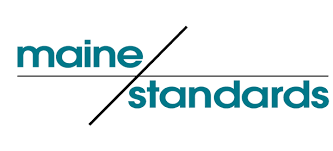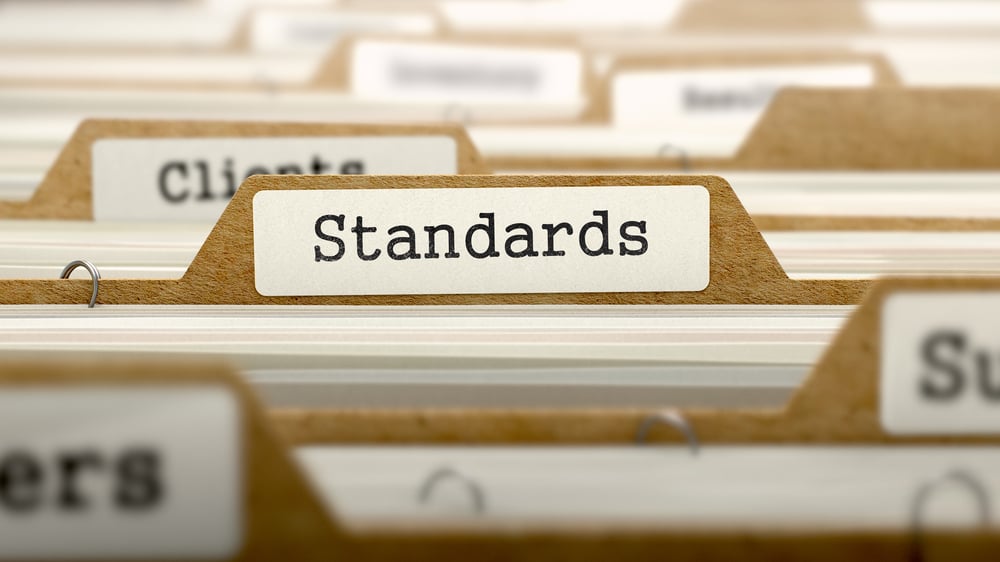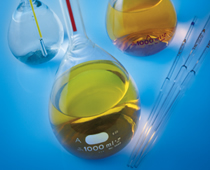Laboratory directors understand how critical it is to keep quality control (QC) at the forefront of their team’s processes and practices—all while juggling other competing priorities. Providing reliable test results is everyone’s primary goal, and robust QC measures not only ensure that end, but they also identify and correct problems early.
Patients rely on laboratories for accurate results, and labs must rely on their quality control processes and materials to deliver on that expectation. The integrity of quality control samples is key to managing overall quality and meeting testing requirements. Samples should be identical to patient samples and be tested identically.
Laboratories have the option to use dependent, semi-dependent or independent (third-party) materials. What’s the difference?
- Dependent control material: produced by the instrument or reagent manufacturer for use on a specific test system, usually manufactured from the same materials as the calibrator, considered less effective than completely independent controls.
- Semi-dependent control material: produced independently of the instrument or reagent, supplied or recommended by the instrument/reagent manufacturer and produced according to their specifications
- Independent (third-party) quality control material: not designed for use with any specific instrument, kit or method offering an unbiased assessment; better represents the performance of patient samples
Why third-party samples matter
Third-party controls are growing in popularity, including with regulatory bodies. As noted in CLSI C24-A3, Statistical Quality Control for Quantitative Measurement Procedures: Principles and Definitions; Approved Guideline – Third Edition (6.2.1 Relation to Calibrators): “…quality control materials should be different from the calibrator materials to ensure that the QC procedure provides an independent assessment of the measurement procedure’s performance in its entirety, including the procedure for calibration of the measurement.”
Since manufacturers of third-party control use data from independent laboratories to assign target values, these control materials are considered to be more accurate and, overall, more reliable. Independent controls are usually manufactured with human materials, creating a control similar to patient samples. Multiple levels of control within the normal reference interval, close to medical decision limit, ensure accurate monitoring.
With broad batch sizes and long shelf lives, third-party controls can be used through multiple changes in reagents and calibrators. This enables each laboratory to detect inconsistencies, which may occur within the test system, and address them before results are impacted.
Third-party controls are an investment worth making, when you consider the cost of incorrect results or downtime.
Find out more about independent control materials – download the white paper titled XXXXX by clicking here, or on the button below.
Independent samples & calibration verification
Calibration verification is a requirement of CLIA and ISO 15189. CLIA (and CAP as well) specifies that it must be done a minimum of every six months. Other factors can trigger more frequent verification.
This required process is part of a well-defined approach to quality assurance and quality control. Like other QC controls materials, calibration verification/linearity samples are more trustworthy when they are independent, third-party materials. While most QC materials cover the normal reference interval and medical decision points, calibration verification/linearity challenges the assay's full reportable range, ensuring patient results are accurate beyond normal limits.
Learn more about the many advantages of calibration verification/linearity by downloading Quality Control: Why Third-Party Matters. Or, talk with an LGC Maine Standards representative today by calling +1 800-377-9684.
Or, talk with an LGC Maine Standards representative today by calling +1 800-377-9684.
 Chris Cotreau is a Senior Product Manager at LGC Clinical Diagnostics.
Chris Cotreau is a Senior Product Manager at LGC Clinical Diagnostics.







